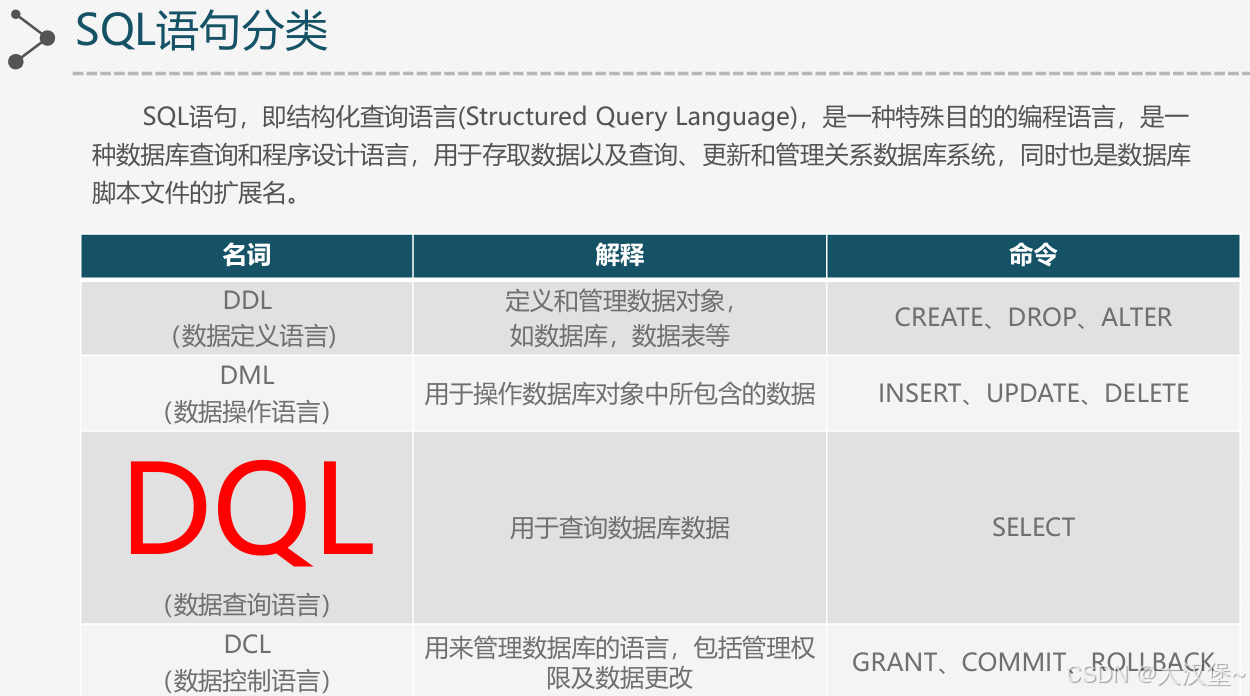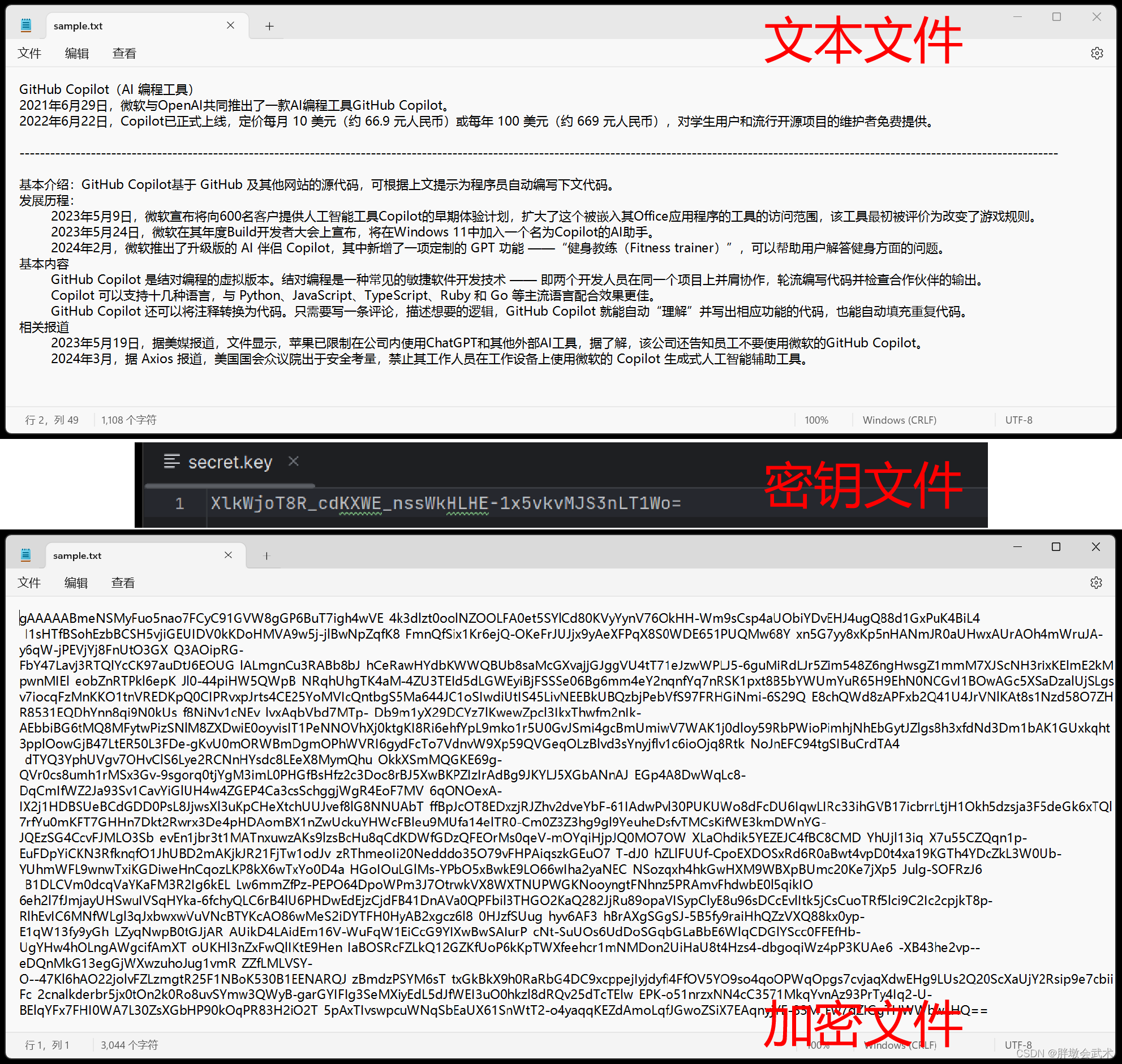问题起因
起因是某次发版之后,服务器接口压力过大,当场宕机,排查之后发现有个接口在首页被调十来次(六七年的老项目了,都是泪呀),后端反馈这个接口的sql很复杂,很耗性能,临时把这个接口放到登录后只执行一次,数据缓存在 localStorage 内,后续这个接口都直接从 localStorage 中取。
虽然临时解决了宕机问题,但还是会有多个组件内同时发起多个相同请求的问题。现在也有很多请求库带有缓存功能,但是这是老项目,请求只封装了 axios ,换个请求库风险又很高,最终决定自己搞搞。
思路历程
当时最初的想法就是在 axios 拦截器内做判断,首先在 interceptors.request 中判断缓存中是否有对应的请求,在 interceptors.response 中赋予缓存设置。
但很快问题就来,在 interceptors.request 判断有缓存之后,再取消这个缓存吗?搞了搞又发现个问题,当某个请求已发起,但是还没返回,这个时候这个请求又发起了,这不没解决问题。
然后又想着在 interceptors.request 中先让请求占位,这样多个组件同时发起某个请求,只要第一个占位了,后续的都取消。问题又来了,后续请求取消之后,后续逻辑又不触发了。后面突然想到我可以在请求之前做检测,当对应接口已经在缓存中时,就直接返回当前缓存中的值,缓存不存在再发起,这个时候肯定会想那第一个已经发起的还未返回的,后续相同接口从缓存中拿到的值如何出发后续逻辑呢?
请求本身返回的是 promise,那我先把 promise 存入缓存,相同接口再请求时直接返回缓存中的 promise ,这样后续逻辑可以正常触发。
最终方案
最终实现如下(仅 get 请求做接口缓存):
export function get<T = any>(url: string, config: AxiosRequestConfig = {}): Promise<T> {
const curHttpCacheKey: string = configToKey({
url,
...config
})
if (!httpCache.hasCache(curHttpCacheKey)) {
const httpRequest = instance.get(url, config)
httpCache.setCache(curHttpCacheKey, httpRequest)
return httpRequest as Promise<T>
} else {
return Promise.resolve(httpCache.getCache(curHttpCacheKey))
}
}
对 get 请求再做个封装,缓存中以请求链接和 query拼接的字符串作为 key,httpCache 后续会讲, configToKey 实现如下:
export function configToKey(config: AxiosRequestConfig): string {
let key = config.url as string
if (config.params) {
key += JSON.stringify(config.params)
}
return key
}
然后在 interceptors.response 中赋予缓存值:
instance.interceptors.response.use(
(response) => {
if (response.status === 200 && response.config.method === 'get') {
const curHttpCacheKey = configToKey(response.config)
// 缓存中设置的值要和下面 return 的结果一致
httpCache.setCache(curHttpCacheKey, response)
}
return response
},
(error) => {
return Promise.reject(error)
}
)
下面说下 httpCache:
import CacheMemory from 'f-cache-memory'
const httpCache = new CacheMemory()
export default httpCache
缓存库 f-cache-memory
初始化一个库就行了,f-cache-memory 就是我专门开发的库,底层用的 map ,有些API也贴近 map,API如下:
初始化参数
| 参数 | 默认值 | 描述 | 版本 |
|---|---|---|---|
size?: number |
100 |
最多缓存多少个 | |
expiration?: number |
Number.MAX_SAFE_INTEGER |
按时间毫秒设置缓存有效期,超出时间会被删除 | |
change?: (data: [string, any][]) => void |
- | 当缓存变更的时候,可以在此方法内同步外部数据 | 新增于 v0.0.7 |
api
| 名称 | 参数 | 返回值类型 | 描述 | 版本 |
|---|---|---|---|---|
initCache |
data: [string, any][] |
- | 初始化缓存数据 | 新增于 v0.0.7 |
hasCache |
key: string |
boolean |
验证是否在缓存中 | |
setCache |
key: string, data: any, expiration?: number |
- | 设置缓存,expiration 以毫秒为单位设置缓存有效期,优先级高于初始化的 expiration 参数,未设置时默认为 初始化的 expiration |
expiration 新增于 v0.0.3 |
getCache |
key: string |
any |
获取缓存 | |
deleteCache |
key: string |
- | 删除缓存 | |
deleteCacheByStarts |
url: string |
- | 根据键值的前缀删除缓存 | |
clearCache |
- | - | 清空缓存 | |
cacheSize |
- | number |
有多少个缓存 | |
getNowCache |
- | any |
获取当前缓存,默认为最后一个,getPreviousCache/getNextCache/goPostionCache/goAbsPostionCache都会影响当前缓存的值 |
|
getPreviousCache |
- | any |
按设置顺序前一个缓存 | |
getNextCache |
- | any |
按设置顺序后一个缓存 | |
goPostionCache |
num: number |
any |
相对当前缓存获取缓存,1为后一个,-1为前一个 | |
goAbsPostionCache |
num: number |
any |
按照设置顺序获取第 num 个缓存 |
|
getCacheToArray |
needTime: boolean = false |
[string, any][] |
按设置顺序转换为数组,如果参数为 false,则直接返回设置的数据,如果为 true,则会返回 { dateTime: 过期时间, data: 设置数据 } |
dateTime 参数新增于 v0.0.7 |
同步缓存内外数据
当我们希望缓存内的数据和缓存外联动时,我们可以初始化时传入 第三个参数 change 函数, change 函数的参数就是缓存内的数据(内部数据的结构是 { dateTime: 过期时间, data: 设置的缓存 }),所以如果与 localStorage 联动如下:
const localCache = new CacheMemory(100, 100000, (data) => {
localStorage.setItem('localCache', JSON.stringify(data))
})
localCache.setCache('aaa', 111)
localCache.setCache('bbb', 222)
那下次再打开浏览器,localStorage 内的值如何传递到缓存中,此时可以初始化之后使用 initCache :
const initCache = new CacheMemory()
const localStorageCache = localStorage.getItem('localCache')
if (localStorageCache) {
initCache.initCache(JSON.parse(localStorageCache))
}
console.log(initCache.getCacheToArray())
Vue:
const cacheList = ref<[string, any][]>([])
const localCache = new CacheMemory(100, 100000, (data) => {
cacheList.value = data
})
React:
const [cacheList, setCacheList] = useState<[string, any][]>([])
const localCache = new CacheMemory(100, 100000, (data) => {
setCacheList(data)
})
实际上面还有个问题,就是添加缓存之后,什么时候使缓存失效,虽然有过期时间一说,但设的小了,缓存没效果,设得大了,就涉及需要清缓存。
这里我提供几个思路:
- 过期时间设的小一点,仅保证多个组件同时加载接口时做到缓存;
- 接口映射表,哪些接口改变之后需要清缓存,做好映射关系,在
interceptors.response中清除对应缓存,这样项目中的代码不用动; - 如果项目完全采用的 REST API 风格,可以在
post/put/delete中清除对应缓存,此处有个 例子。
最后我们采用了第一种思路,解决服务器临时压力,因为接口规范不统一,接口映射表又太多,一时难以保证齐全。
完整例子可以查看 vue-components ,本地运行,接口 mock 。



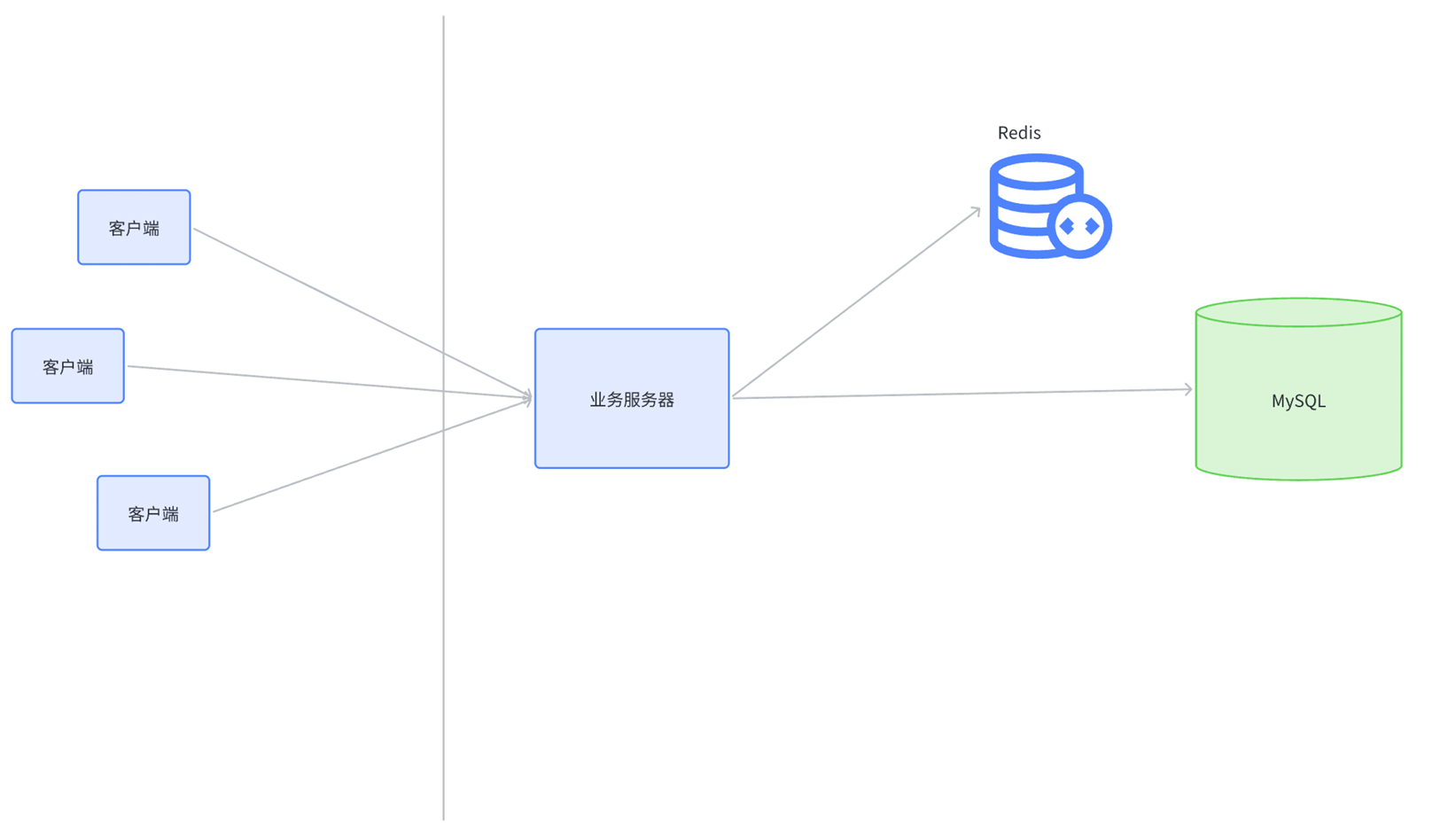




















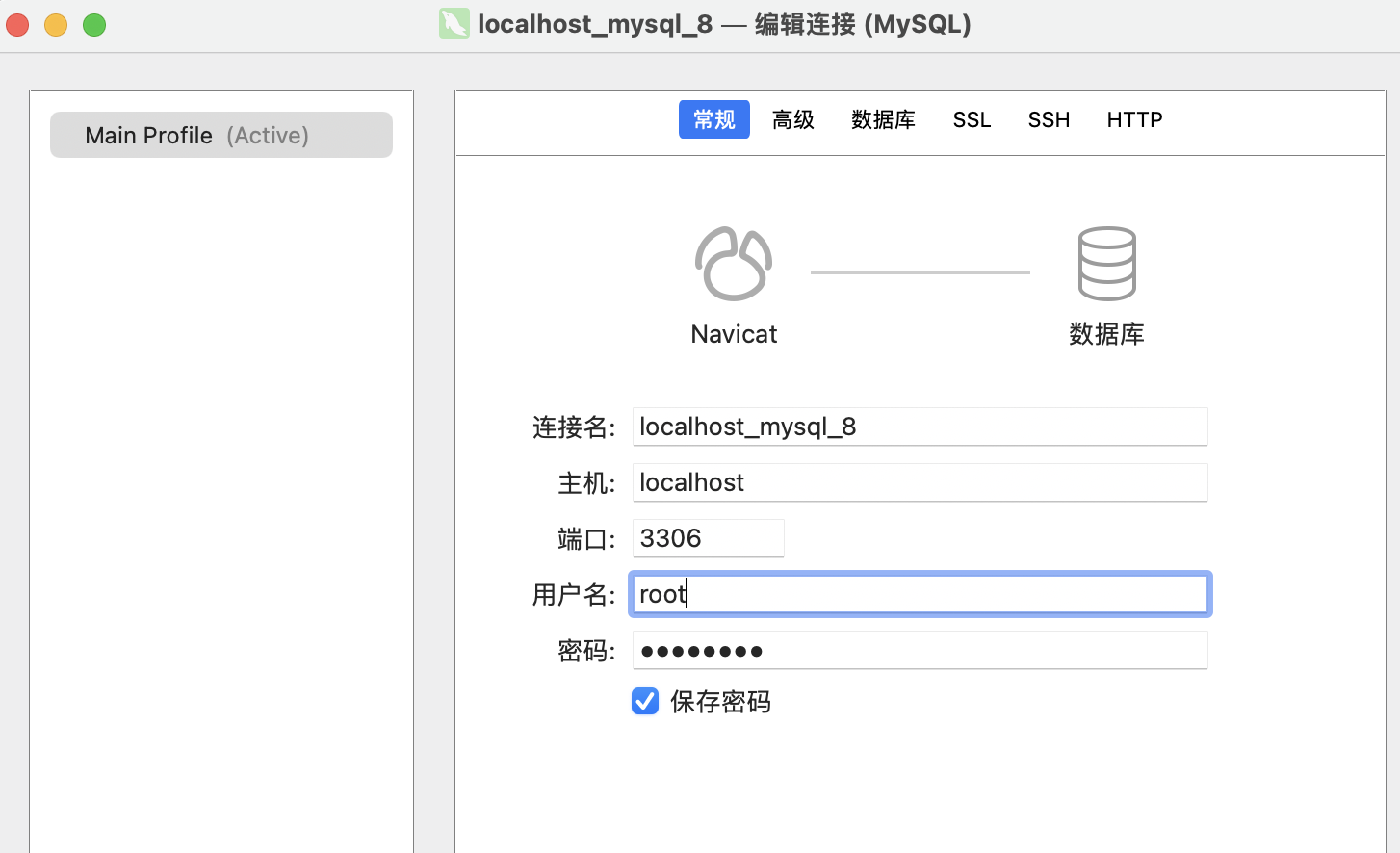




![[Armbian] 部署Docker版Home Assistent,安装HACS并连接米家设备](https://i-blog.csdnimg.cn/direct/94c227e5d505400ebed94a6e63709e79.png#pic_center)









